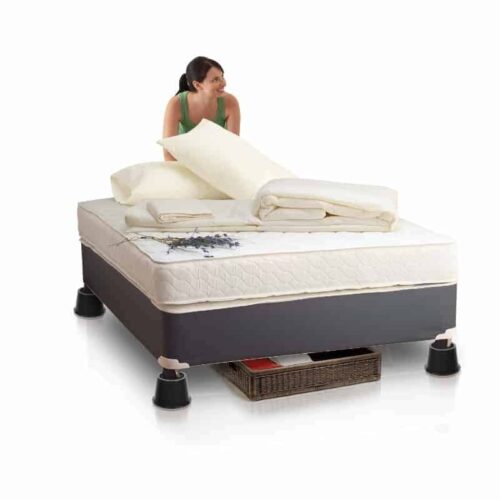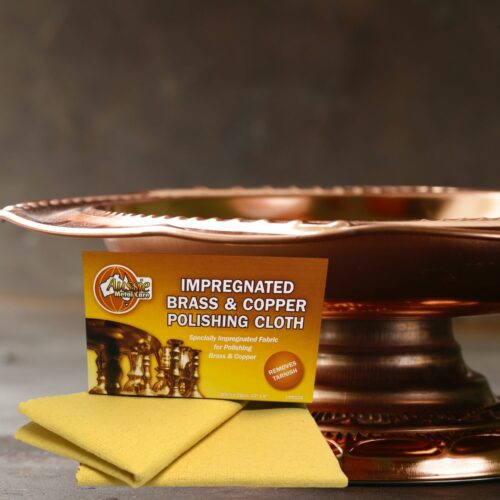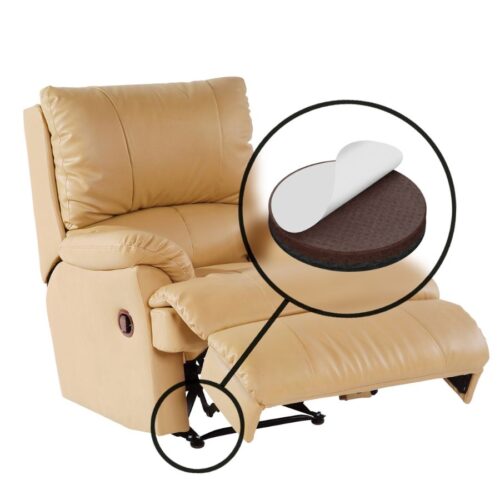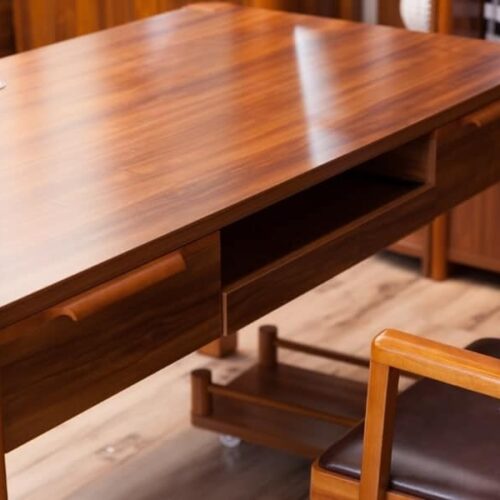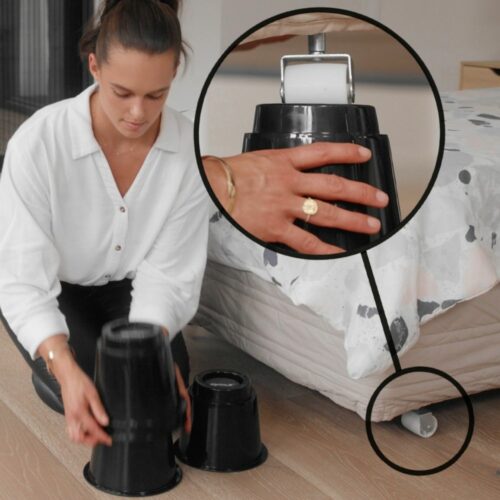Handling and moving furniture can be a nightmare especially if you don’t know what you are doing.
It’s probably the number one reason why most people put up with leaving their furniture in the same spot for years even when they’ve really wanted to move it.
I spent over twenty years delivering and moving furniture so based on my own experience I’ve put together a few tips and ideas to make it a easier for you.
Follow these tips and you’ll avoid damaging your furniture, your floors and anything around you as well as yourself.
Lets get started.
Never slide heavy furniture over wood, tiled or laminated floors!
Never slide or drag furniture along the floor, especially tables. The vibration can loosen or break joints, chip feet, break legs, etc., to say nothing of what dragging does to the carpet or the finish on timber floor.
If you have carpet, tile or wood floors always use furniture movers or gliders to avoid damaging your floors and the furniture when moving it.
Before you move a piece of furniture, examine it for loose or damaged joinery.
Before picking up a piece of furniture, determine how it is put together and if any of its parts are removable or detachable. Make sure you know where the furniture is its strongest – generally along a major horizontal part – and try to carry it from these points.
Next checkout the room and the direction the furniture is going to be moved to.
Look around to make sure you know where everything is.
Identify potential trouble. Low hanging light fittings, or items that extend out from a wall may be damaged or cause damage.
Glass table tops are also easily damaged or completely broken if bumped. The best bet is to clear the way by moving or removing fragile and obstructive items that could get in the way.
Never hurry when you are moving furniture. Scratches, dents, and gouges from bumps against walls, doorways, and other furniture are far more likely to occur when you rush things.
Each item needs to be approached individually, without haste, and with sufficient manpower present.
Make sure you have a firm grip on the piece with both hands. Do not wear cotton gloves. It is essential that your hands don’t slip from a piece of furniture while it is being moved.
Moving Tables
Whenever possible, lift the table carefully from the apron, never by the top or legs. The strongest part of a table is generally the apron so that is generally the best place to hold it.
Lifting the table top can be a problem as it could break away from the apron or frame it’s attached too. Also try to avoid lifting the table by it’s legs as the weight transfer could cause them to break away from their mounting point or even break off completely.
With an extension table always make sure you remove the leafs if possible and make sure the table is locked together properly so that it doesn’t come apart when you lift it.
Lift the piece straight up, using your legs, not your back. Don’t let it tilt, and do not grab it by any hardware or components.
Summary:
Here are some quick tips for moving furniture properly.
Remember: If you don’t break it, it doesn’t have to be fixed!
- Anticipate potential problems.
- Think through every step.
- Plan ahead.
- Make sure you have the strength to handle the weight of the furniture so you don’t drop it or injure yourself. Try to get someone to help you if possible.
- Do everything with care and take your time, don’t rush.
- Make sure the route is clear and has no obstructions.
- Measure narrow doorways to make sure the furniture will fit through.
- Remove furniture feet or legs if possible if access is tight.
- Remove lamps and ornaments or hanging pictures and chandeliers that might might get in the way when furniture being moved.
- Wrap blankets around the furniture if it’s being transported to another location.
- Use a furniture trolley if you have one available.
- If it’s a large piece of furniture make sure you have someone there to guide you so your not running into things.
Take shelves out or any items that could come adrift whilst moving.
Once you have made sure that it’s safe to move, remove elements such as shelves, doors, and drawers. If doors cannot be removed, secure them by locking or wrapping something around the whole item so they cannot open while you are moving it.
These tips apply even if you are only rearranging a room. One accessory that I have found extremely useful especially if you are moving furniture to another spot in the room or to another room close by is a product called Slipstick Furniture Sliders.
The sliders are simply placed under the legs or feet on the furniture while you move it and then taken out once the furniture is in the spot that you want it.
All available slider sizes for hard floors:
CB135 58mm Slider
CB136 89mm Slider
CB138 127mm Slider
CB139 Large Rectangle Slider
All available slider sizes for carpet and rugs:
CB130 58mm Slider
CB131 89mm Slider
CB132 127mm Slider
CB133 Large Rectangle Slider







